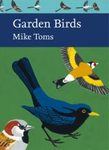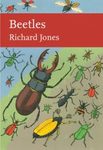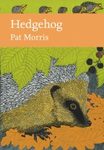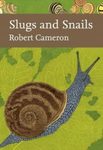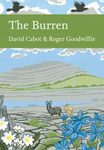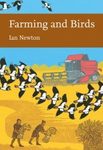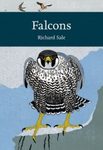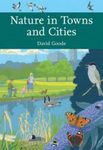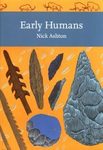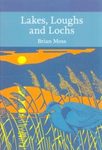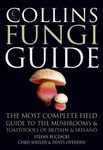![Plant Galls Plant Galls]()
Click to have a closer look
About this book
Biography
Related titles
About this book
Complete your New Naturalist collection with Harper Collins's facsimile versions, which are printed on demand. Plant Galls was first published in 2011.
A much-needed study on plant galls – growths on plants formed of plant tissue that are caused by other organisms. This edition is produced from an original copy by William Collins.
Most naturalists have come across oak apples, robin's pincushions, marble galls and witches' brooms, a few of the more familiar examples of the strange growths that are plant galls. They are beautiful, often bizarre and colourful, and amazingly diverse in structure and in the organisms which cause them. They have been known since ancient times and have attracted superstitions and folk customs. Both the ancient Greeks and the Chinese used them in herbal medicine, and until well into the nineteenth century, they had a variety of commercial uses: important for dyeing cloth, tanning leather and for making ink.
Knowledge of gall types increased during the late nineteenth century and throughout the twentieth century as more species were described and their structure became more clearly understood, and yet even today, little is known about the mechanisms that cause gall formation as well as the life cycles of the organisms that initiate gall growth. Since most galls do not cause any economic damage to crop plants, research funding has traditionally been sparse in this area. However, the insect cycles and gall structures are amazing examples of the complexity of nature.
Margaret Redfern explores these fascinating complexities in this latest New Naturalist volume, providing much-needed insight into the variety of galls of different types caused by a wide range of organisms including fungi, insects and mites. She discusses the ecology of galls more generally and focuses on communities of organisms within galls, the evolution and distribution of galls, as well as human and historical perspectives.
Customer Reviews
Biography
Margaret Redfern has been interested in plant galls for most of her adult life. After graduating in 1963, she studied part-time for higher degrees while teaching natural history and ecology to sixth formers, undergraduates and adult amateurs, first for the Field Studies Council and later at Portsmouth, Birmingham and Sheffield Universities. Her MSc research involved the natural history of thistle galls, and her PhD covered a population study of the yew gall midge. This research became a long-term project lasting forty years, forming the longest continuous data set on a gall insect, and probably on any insect, anywhere in the world. She continues to teach degree students at Sheffield University and to investigate the natural history of galls. She has published several books and papers, all of them on galls.













